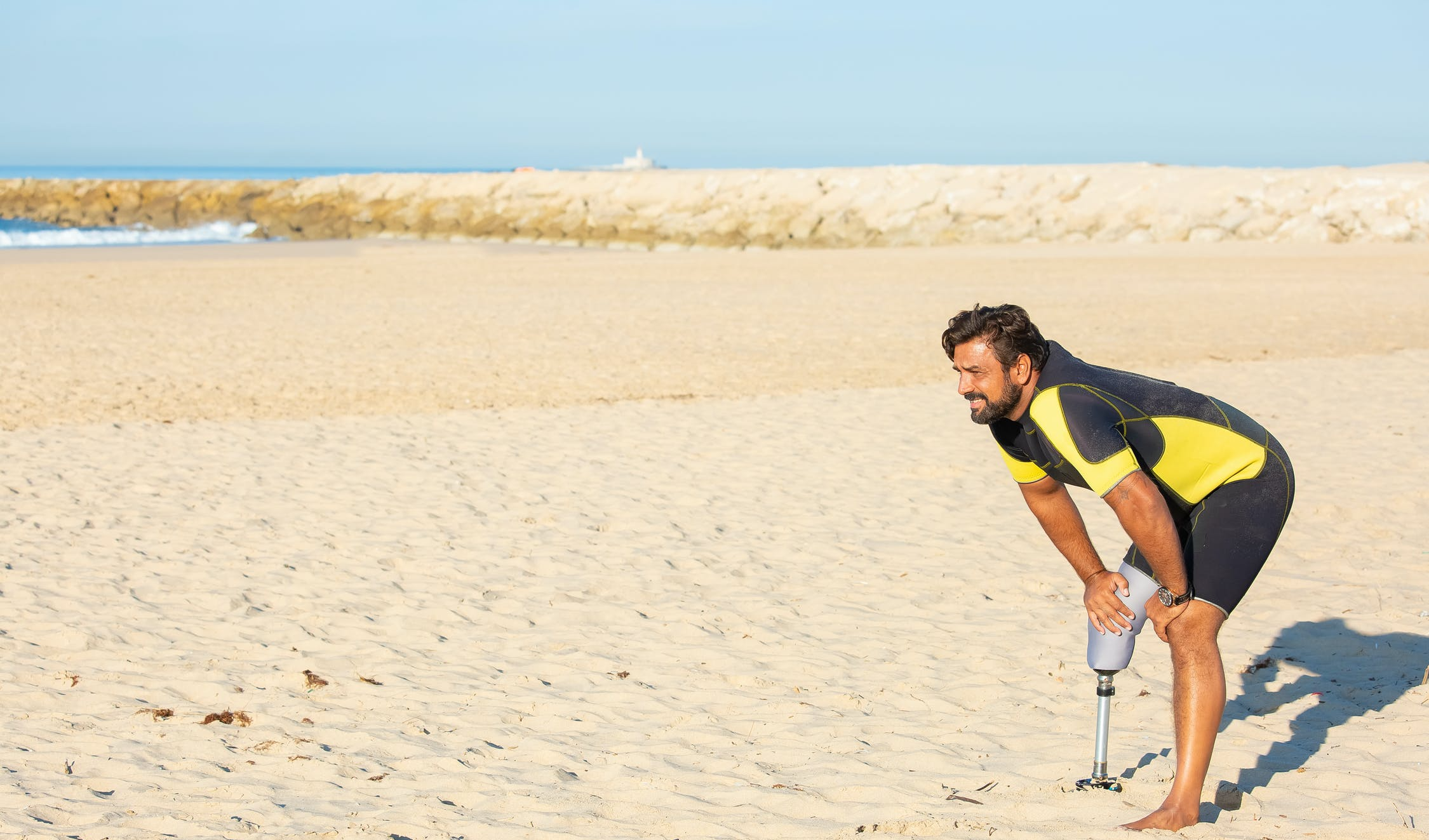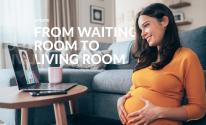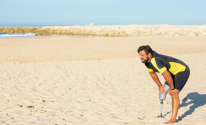
Chapter 1
Care in the Living Environment
Future vision: From waiting room to living room
INTERVIEW
With Hans Rietman
‘In the future, going to the hospital will be less self-evident than it is in our contemporary society’, says Hans Rietman, rehabilitation physician, and Professor in Rehabilitation Medicine and Technology at the University of Twente. Looking ahead to 2030, we realise that health and care need to undergo a massive transition to remain viable.
But what steps need to be taken to achieve this? An important mission is that in 2030, care will be organised 50% more (or more often) in one’s own living environment (instead of in care institutions), together with the network around people, than is the case now (Mission II). In this interview, Rietman shares his vision of the future regarding this mission.
Shift from waiting room to living room
‘It is crucial in the future that hospitals only provide care where it is appropriate to the effort required’, states Rietman. ‘In line with the current trend I expect that the duration of hospitalisation will even be shorter than now and that physicians can choose to admit fewer patients. Recovery and treatment in the home environment will be extended probably via an intermediate solution with low-threshold care, for example in a community centre with the right care professionals. A form of hybrid care is also possible. This means there will be a shift from the waiting room in the hospital to the living room at home.’
New and advanced technologies make it possible to perform diagnostics at home instead of in the hospital. Small home labs (or small neighbourhood labs) with a digital connection to a hospital lab make it possible to perform routine blood and urine diagnostics so that analysis no longer need to take place in specialised labs. Smart artificial intelligence will help in making prediction models for diseases.
In the future, technical solutions should make it possible to measure and monitor more diseases from home. However, let’s not forget that the human dimension is, and always will be, very important. A patient has the right to receive professional care and the digital possibilities should make that easier to realise.’
What will health and care (H&C) in the Netherlands look like in 2030, based on the five missions drawn up by the Dutch Ministry of Health, Welfare and Sport and published in the H&C coalition’s Knowledge and Innovation Agenda 2020-2023 (KIA)? This question is answered via inspiring and informative future images developed by experts, including Hans Rietman on behalf of the national H&C coalition. This initiative is coordinated by Top Sector Life Sciences & Health (Health~Holland).
Effective integration
'Furthermore, technological innovations should not only be developed, but also be effectively integrated in people’s mindsets. One such example is medical apps on mobile phones. The well-known Corona Check App, for instance, is said to be too difficult for most elderly people to use. We need to change this and offer effective solutions.
X
However, we need to think much more broadly. For example, a very special opportunity arises when we are talking about building houses safely. Did you know that they can install floors that do not easily cause fractures when someone falls? This example shows that there are many solutions, especially outside the healthcare sector, that could support Mission II.’
Social cohesion
Finally, Rietman concludes that we should all pay more attention to each other. ‘I think the most important thing we need to learn is to understand each other’s language and really listen to each other. And then to look for solutions together. My most important wish in this regard is that the government actively thinks about how to stimulate this transition in health and healthcare because they can play a crucial role in creating social cohesion.’

The Future of Health & Care
2030: Care is integrated in citizens' own living environment
What will health & care look like in 2030? Take a look at the future image here! Thanks to smart technology, a large part of prevention, diagnosis and care in the living environment can take place: at home, at school, at work, on the road, during sports and other activities and sometimes at a local care center. Robots and AI applications will then be as common and familiar as a microwave oven or an app on the mobile phone. Care in the own living environment means taking care of ourselves and each other, supported by professionals where necessary. Formal and informal care then form an integral collaborative network using talent from citizens, assisted where necessary and desirable through technology and/or therapy.













